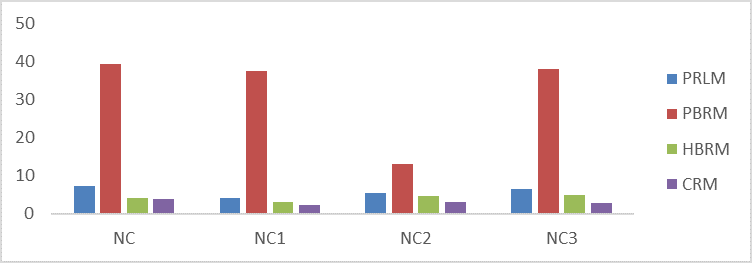Performance analysis of water-based drilling mud through rheological modeling
Keywords:
Drilling mud; Rheological models; shear rate; shear stress; BPRM, PLRM, CRM, HBRMAbstract
This study evaluates the rheological behavior of water-based drilling mud using four widely recognized rheological models: Power Law Rheological Model (PLRM), Bingham Plastic Rheological Model (BPRM), Herschel-Bulkley Rheological Model (HBRM), and Casson Rheological Model (CRM). Experimental data were collected, and shear stress predictions from each model were compared with measured values across varying shear rates. The CRM consistently demonstrated superior accuracy, achieving the lowest absolute average percentage error (AAPE) across samples: 5.54% for NC, 3.23% for NC1, 5.28% for NC2, and 5.23% for NC3, with corresponding standard deviations of 3.85, 2.34, 3.10, and 2.82, respectively. HBRM followed closely with AAPE values of 6.37% for NC, 3.26% for NC1, 5.66% for NC2, and 5.31% for NC3. Conversely, BPRM exhibited the poorest performance, with AAPE values as high as 43.21% for NC, 42.11% for NC1, 19.68% for NC2, and 42.45% for NC3, reflecting its limited predictive capability. These findings highlight the significance of accurate rheological modeling in managing viscosity and shear stress, critical factors in optimizing drilling fluid performance. The CRM’s robust performance across a range of shear rates establishes it as the most reliable model for predicting the rheological properties of water-based drilling mud, offering valuable insights for improving drilling fluid design and operational efficiency.


